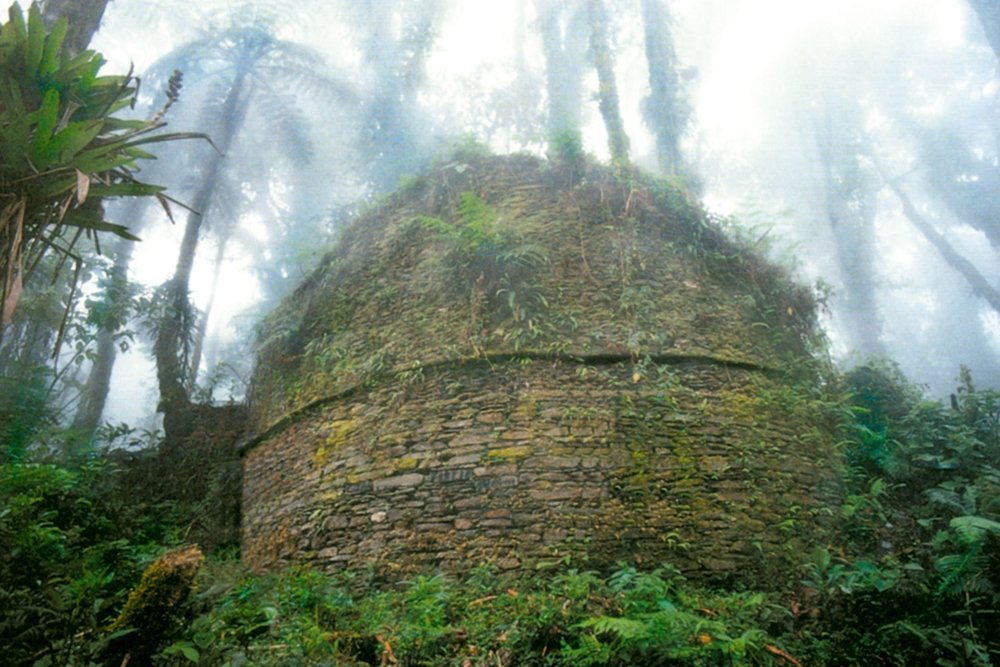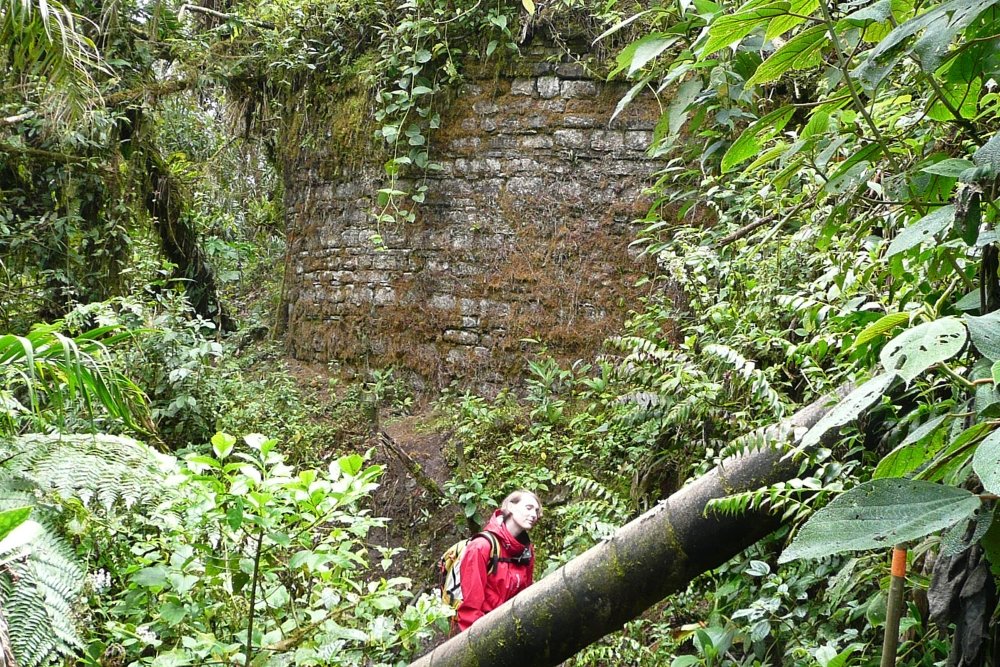Archaeological Complex of Gran Vilaya | Amazonas
The Gran Vilaya Archaeological Complex is an archaeological site located in the department of Amazonas, in northern Peru. This complex is located in the province of Rodriguez de Mendoza, near the town of La Jalca.
Gran Vilaya is known for being one of the most extensive archaeological complexes in the region. It is composed of a series of agricultural terraces, cobblestone roads and architectural structures built by the Chachapoyas culture, also known as the “People of the Clouds”, due to its location in the mist-covered mountains.
History of the Archaeological Complex of Gran Vilaya | Amazonas
The Gran Vilaya Archaeological Complex, also known as Vilcabamba, has a fascinating history dating back to pre-Inca times in Peru. Here is a summary of its history:
- Chachapoyas Culture
Gran Vilaya was built by the Chachapoyas culture, also known as the “People of the Clouds,” who inhabited the high jungle region of northern Peru between the 9th and 15th centuries AD. The Chachapoyas were known for their skill in the construction of architectural structures and for their complex systems of agricultural terraces on steep mountain slopes.
- Foundation and Development
Gran Vilaya was founded and developed during the height of the Chachapoyas culture. It is believed to have served as a ceremonial, political and administrative center for the surrounding region. Structures in the complex include dwellings, ceremonial plazas, mausoleums and defensive fortifications.
-
Inca Influence
During the height of the Inca Empire, Vilcabamba became an important center of resistance against Inca expansion into the region. After the conquest of the Chachapoyas Empire by the Incas, Vilcabamba continued to be a rebellious enclave, resisting Inca rule.
- Last Inca Resistance
After the arrival of the Spanish conquistadors in Peru, Vilcabamba became the last bastion of resistance of the Incas against the European invaders. The Inca leader, Manco Inca Yupanqui, established Vilcabamba as the capital of the last independent Inca kingdom, known as the “Nation of the Vilcabambas”. From here, the Incas fought against the Spanish for several years.
- Rediscovery
Despite its historical importance, Gran Vilaya was “rediscovered” by modern archaeology only in the second half of the 20th century. Archaeological expeditions revealed the magnitude and complexity of the site, attracting the attention of scholars and tourists interested in Peru’s pre-Columbian history.
Today, the Gran Vilaya Archaeological Complex is an important tourist site and a testament to the rich history of the Amazon region of Peru.

What can we find in the archaeological complex of Gran Vilaya?
The Archaeological Complex of Gran Vilaya, located in the Amazonas region of Peru, offers a rich array of historical and archaeological features. While specifics may vary, typical elements found in such sites include:
- Terraced Agriculture: Given the mountainous terrain, you’re likely to encounter extensive terraced fields. These terraces were ingeniously constructed by the Chachapoyas people to cultivate crops such as maize, potatoes, and quinoa.
- Structures and Buildings: The complex likely contains various architectural structures, including residential buildings, ceremonial plazas, temples, and administrative centers. These constructions provide insights into the daily life, religious practices, and social organization of the Chachapoyas culture.
- Fortifications: Due to its strategic location, Gran Vilaya may feature defensive walls, watchtowers, and other fortifications designed to protect the inhabitants from external threats. These defensive structures highlight the military prowess of the Chachapoyas people.
- Funerary Complexes: It’s common to find mausoleums and tombs within the complex, showcasing the Chachapoyas’ unique burial customs and funerary practices. Some of these structures may exhibit intricate carvings and decorations.
- Ceremonial Spaces: Ceremonial plazas and ritual platforms likely served as gathering places for religious ceremonies, festivals, and other communal activities. These areas offer insights into the spiritual beliefs and practices of the Chachapoyas culture.
- Water Management Systems: Given the need for irrigation in agriculture, Gran Vilaya may feature sophisticated water management systems, such as canals, aqueducts, and reservoirs, designed to distribute water throughout the complex.
- Rock Art and Petroglyphs: Some areas of the complex may contain rock art, petroglyphs, and other forms of ancient artwork, depicting scenes from daily life, religious rituals, and mythological stories.
Overall, the Archaeological Complex of Gran Vilaya provides a captivating glimpse into the history, culture, and achievements of the Chachapoyas civilization, inviting visitors to explore its impressive remains and unravel the mysteries of the past.













